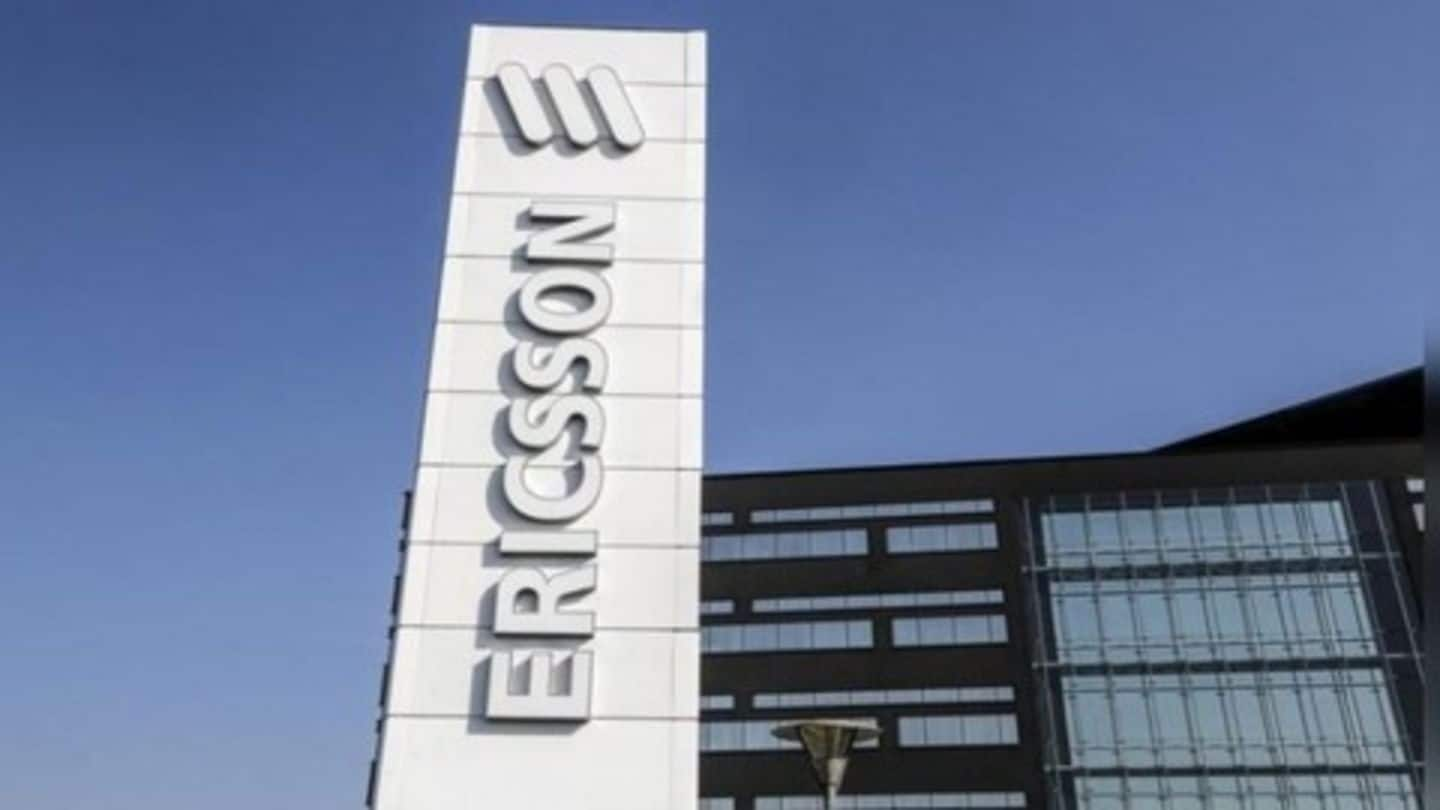
Ericsson launches innovation center in IIT-Delhi as 5G era dawns
What's the story
While 5G technology is set to see its global debut sometime later this year in the US, India will have to wait a while before it's 5G-capable. To speed the same up, Ericsson has launched India's first 5G innovation and hub center in IIT-Delhi, focused on developing 5G tech, which has several applications. Here's how 5G will usher in a new era of digitalization.
5G
So, what is 5G basically?
Compared to 4G which operates on the 900MHz band, 5G will operate at higher frequencies, going all the way up to a massive 28GHz. Notably, a 12-fold increase in speeds can be expected realistically, to start with, while the network will have minimum latency. In simpler words, 5G will allow transfer of very large amounts of data, pretty fast, and with minimum data loss.
Do you know?
5G download speeds achieved so far
Currently, Huawei claims to have achieved a maximum 5G download speed of 3.6Gbps. Much ahead is Samsung, with 7.5Gbps. Meanwhile, Nokia claims to have achieved an impressive maximum download speed of 10Gbps.
Applications
Contrary to popular belief, 5G isn't about improving smartphone internet
To clarify, 5G technology isn't merely about smartphone internet speeds. While that is definitely a part of it, it is but a fraction of what 5G technology can potentially be used for. Some potential applications of 5G in the near future include usage in emerging technology like mixed reality, developing smart cities, smart agriculture, and perhaps most importantly, Internet-of-Things devices.
Launch demos
Some examples from the center's launch
To demonstrate the same, Ericsson gave a demo of how 5G's much higher speeds and lower latency could help track traffic real-time in smart cities, with more precision, and with details like the kind of, as well as the number of vehicles in a given area. Another demonstration of 5G connectivity showed a surgery lesson being conducted in virtual reality (VR) with haptic feedback.
Impact
Which sectors will see greatest benefit?
According to a report by Ericsson, 5G's high speed and low latency could potentially pave the way for myriad uses in industry digitalization, such as autonomous driving, remote robotic surgery, and augmented reality (AR) support for field maintenance and repair. Globally, the largest opportunity for use of 5G tech would be in energy and utility industries, followed by manufacturing and public safety.
India
So, what's the hold-up in India?
In India, Ericsson is currently in talks with the Telecom Regulatory Authority of India and Cellular Operators Association of India about deploying 5G technology. It's expected that telecom operators in India will purchase 5G spectrum sometime in 2019. Ericsson expects India to fully adopt 5G by 2023. By 2023, India's data consumption is expected to increase from 1.9 exabytes (1,900,000 terabytes) to 10 exabytes!